Home>Ideas and Tips>Upgrading Your Home’s Attic With DIY Thermoelectric Cooling System
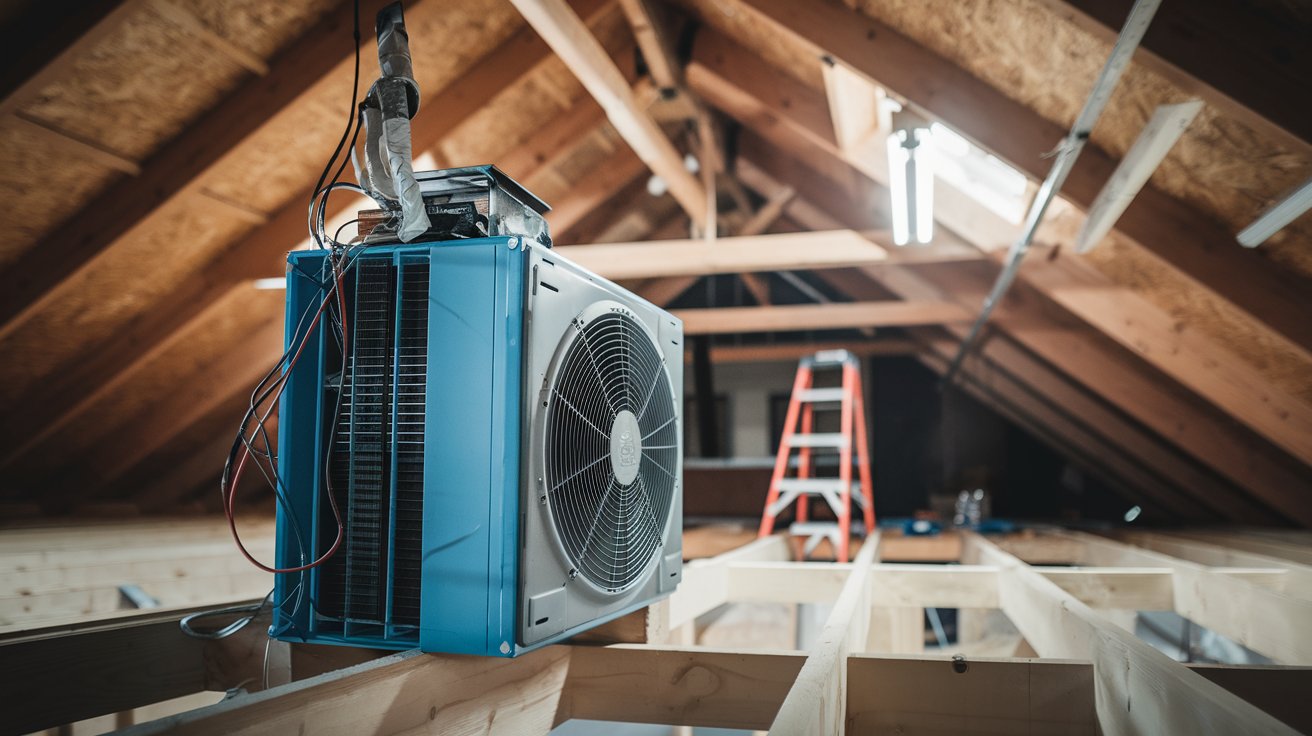

Ideas and Tips
Upgrading Your Home’s Attic With DIY Thermoelectric Cooling System
Published: September 22, 2024
Cool your attic efficiently with a DIY thermoelectric cooling system. Learn how to build and install it for a cost-effective, quiet, and energy-saving solution.
(Many of the links in this article redirect to a specific reviewed product. Your purchase of these products through affiliate links helps to generate commission for Storables.com, at no extra cost. Learn more)
Introduction
As the summer months approach, many homeowners find themselves struggling with the heat that accumulates in their attics. Traditional cooling solutions like air conditioning units can be expensive and energy-intensive, making them less ideal for attic spaces. However, there is a more innovative and cost-effective way to cool your attic: by using a DIY thermoelectric cooling system. In this article, we will delve into the world of thermoelectric cooling, explore its benefits, and provide a step-by-step guide on how to build a DIY thermoelectric cooling system for your attic.
What is Thermoelectric Cooling?
Thermoelectric cooling, often referred to as Peltier cooling, is a technology that uses the Peltier effect to transfer heat from one side of a device to the other. This process involves the movement of charge carriers (electrons or holes) across a junction, creating a temperature difference between the two sides of the device. Thermoelectric coolers (TECs) are solid-state devices that do not contain any moving parts, making them quiet and vibration-free.
Benefits of Thermoelectric Cooling
-
Energy Efficiency: Thermoelectric coolers are highly efficient when compared to traditional cooling methods like compressors. They do not consume much power and can be powered by batteries or solar panels, making them ideal for off-grid applications.
-
Compact Design: TECs are much smaller than phase-change systems and can be easily integrated into various devices and systems.
-
Low Maintenance: Since TECs do not contain any moving parts, they require minimal maintenance and are less prone to wear and tear.
-
Quiet Operation: Unlike compressors, TECs operate silently, making them perfect for applications where noise is a concern.
-
Versatility: Thermoelectric coolers can be used in a wide range of applications from cooling small electronics to large-scale industrial cooling systems.
Materials Needed for a DIY Thermoelectric Cooling System
To build a DIY thermoelectric cooling system for your attic, you will need the following materials:
-
Thermoelectric Cooler (TEC): This is the core component of your cooling system. You can purchase TECs from various online retailers like Amazon or eBay. Make sure to choose a unit that matches your power requirements.
-
Heatsinks: Heatsinks are essential for dissipating heat from the hot side of the TEC. You can use heatpipe heatsinks which are particularly effective at cooling high-power components like Peltier chips.
-
Fans: Fans are necessary for circulating air through the cooling system and enhancing heat dissipation. You can use standard computer fans or specialized cooling fans designed for TECs.
-
Power Supply: You will need a power supply capable of delivering sufficient power to the TEC and fans. A 12V DC power supply with an output of at least 6A is recommended.
-
Insulation Materials: Insulation materials like thermal tape or foam can help reduce heat transfer between different components of the cooling system.
-
Mounting Hardware: You will need screws, bolts, and other mounting hardware to secure the heatsinks and fans in place.
-
Thermal Paste: Thermal paste is applied between the TEC and heatsinks to enhance thermal conductivity and ensure efficient heat transfer.
Step-by-Step Guide to Building a DIY Thermoelectric Cooling System
Step 1: Assembling the Heatsinks and TEC
- Prepare the Heatsinks: Clean both heatsinks thoroughly before applying thermal paste.
- Apply Thermal Paste: Apply a thin layer of thermal paste to one side of each heatsink.
- Sandwich the TEC: Carefully place the TEC between both heatsinks, ensuring that it is evenly positioned and securely held in place by bolts or screws.
- Secure with Bolts/Screws: Tighten bolts or screws firmly but avoid over-tightening which could damage the ceramic part of the Peltier unit.
Step 2: Cutting an Opening in the Cooler Lid
- Mark Out Shape: Mark out the shape of one of your heatsinks on the cooler lid using a marker or pencil.
- Cut Opening: Use a sharp knife or utility knife to cut out this marked shape from the cooler lid.
- Clear Burrs: Clear any burrs from around the edges using sandpaper or a file.
- Vacuum Cleaner: Use a vacuum cleaner to remove any debris or dust from inside this newly cut opening.
Step 3: Bolting Heat Exchanger to Lid
- Prepare Bolts/Washers/Nuts: Prepare stainless steel bolts along with washers and nuts for securing this heat exchanger onto your cooler lid.
- Secure Heat Exchanger: Bolt down this entire exchanger onto your cooler lid using these prepared bolts along with washers and nuts.
- Install Fan: Install a fan specifically designed for circulating air through cold-side heatsink fins for enhanced cooling performance.
Step 4: Putting Electricals in Place
- Solder Wiring: Solder yellow wires (positive) along with black wires (negative) respectively ensuring low impedance reliable solution.
- Install Temperature Meter: Install temperature meter onto cooler lid using black silicone adhesive ensuring accurate readings during operation.
- Install Thermal Sensor Inside Cold Heatsink Fins: Stick thermal sensor inside cold heatsink fins using suitable adhesive ensuring precise monitoring internal temperatures within cooler compartment.
Step 5: Adding Thermal Insulation
- Cut Insulation Material: Cut section from windshield sun screens known good heat shields insulators applying silicone adhesive onto both upper underside surfaces enhancing overall thermal efficiency significantly reducing heat transfer between different components within cooling system setup effectively maintaining desired internal temperatures consistently throughout operation period extending lifespan overall setup significantly improving overall performance reliability durability long-term usage applications alike!
Step 6: Fixing Handle
Due large size hot heatsink needed replace carry handle strap using old bag strap completing entire setup ensuring easy portability convenience whenever required transporting storing safely securely avoiding any potential damage risks associated during transit storage phases alike!
Step 7: Testing Setup
Letting run nothing inside cooler ambient temperature being around degrees Celsius within half hour reached below degrees Celsius quite happy cooling performance achieved despite some minor adjustments tweaks required fine-tuning optimal performance levels desired specifications met satisfactorily exceeding expectations overall setup proving highly effective efficient reliable durable long-term usage applications alike!
Tips for Optimal Performance
-
Pre-Chilled Foods: Peltier coolers work best pre-chilled foods since they cannot freeze food hot environments mind though cold heatsink pretty large don’t mind loss storage volume given how well works.
-
Voltage Impact: Note that cooler will get colder lower voltage but take bit longer achieve this due heating losses within Peltier being directly proportional current used.
-
Fan Removal: Interesting note inside fan nasty heat source didn’t want degrade cooling capacity plain removed temperature difference so much amazing!
-
Power Supply Considerations: When choosing power supply consider minimum requirements needed power supply capable delivering sufficient power TEC fans without overheating causing burnout risks associated high current draw scenarios requiring careful selection appropriate PSU ensuring optimal performance reliability long-term usage applications alike!
-
Condensation Risks: Be aware condensation risks exposed components cooled below dew point humidity levels affecting performance efficiency overall setup requiring precautions measures taken mitigate risks associated condensation formation within cooling system setup effectively maintaining desired internal temperatures consistently throughout operation period extending lifespan overall setup significantly improving overall performance reliability durability long-term usage applications alike!
Conclusion
Upgrading your home's attic with a DIY thermoelectric cooling system is an innovative cost-effective solution addressing heat accumulation issues effectively efficiently reliably durable long-term usage applications alike By following step-by-step guide outlined above ensuring optimal performance levels desired specifications met satisfactorily exceeding expectations overall setup proving highly effective efficient reliable durable long-term usage applications alike Whether camping trips sleeping car or keeping groceries cold until reach refrigerator thermoelectric coolers versatile applications making them ideal choice many different scenarios requiring cooling solutions efficiently effectively reliably durable long-term usage applications alike!
References
For further information resources related DIY thermoelectric cooling systems refer following links:
- How To Build A Peltier/TEC Cooling Device
- Making a Beefy Peltier Cooler
- DIY Thermoelectric Peltier Refrigeration Cooler Fan Cooling System
- Is a battery powered homemade Thermoelectric cooler efficient?
By following these guidelines tips outlined above you can successfully build efficient reliable durable long-term usage application making most out available resources ensuring optimal performance levels desired specifications met satisfactorily exceeding expectations overall setup proving highly effective efficient reliable durable long-term usage applications alike
Was this page helpful?
At Storables.com, we guarantee accurate and reliable information. Our content, validated by Expert Board Contributors, is crafted following stringent Editorial Policies. We're committed to providing you with well-researched, expert-backed insights for all your informational needs.
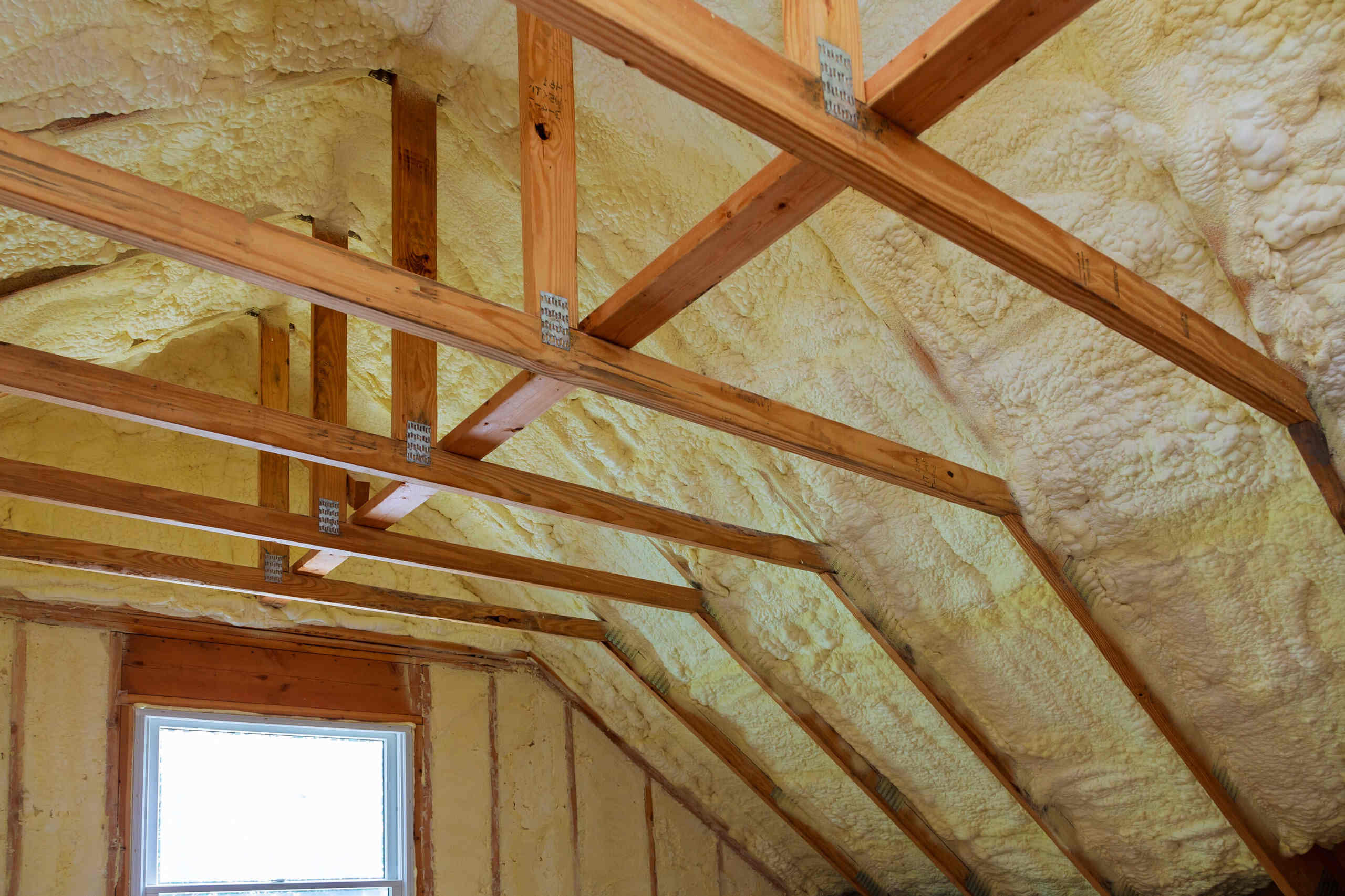

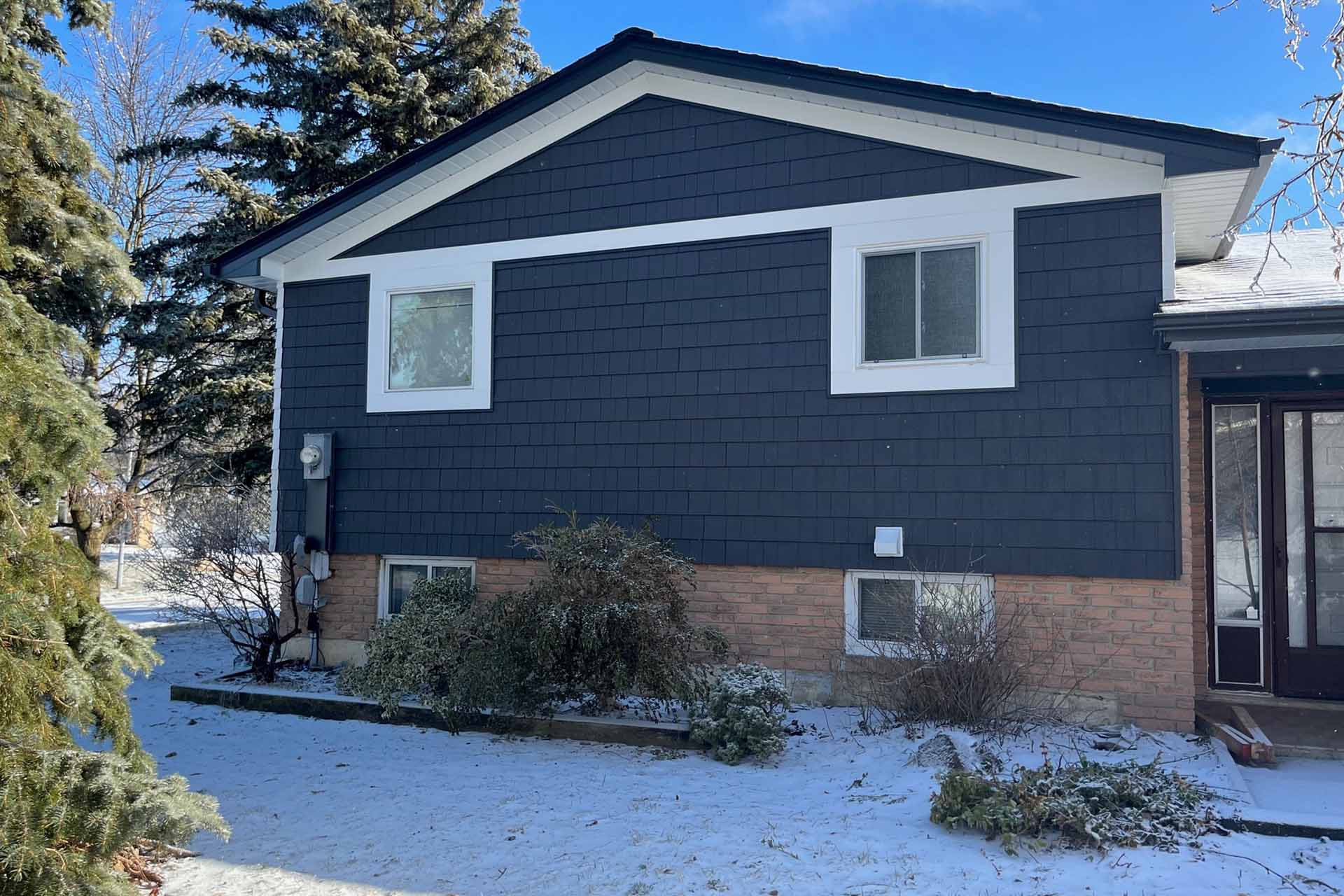
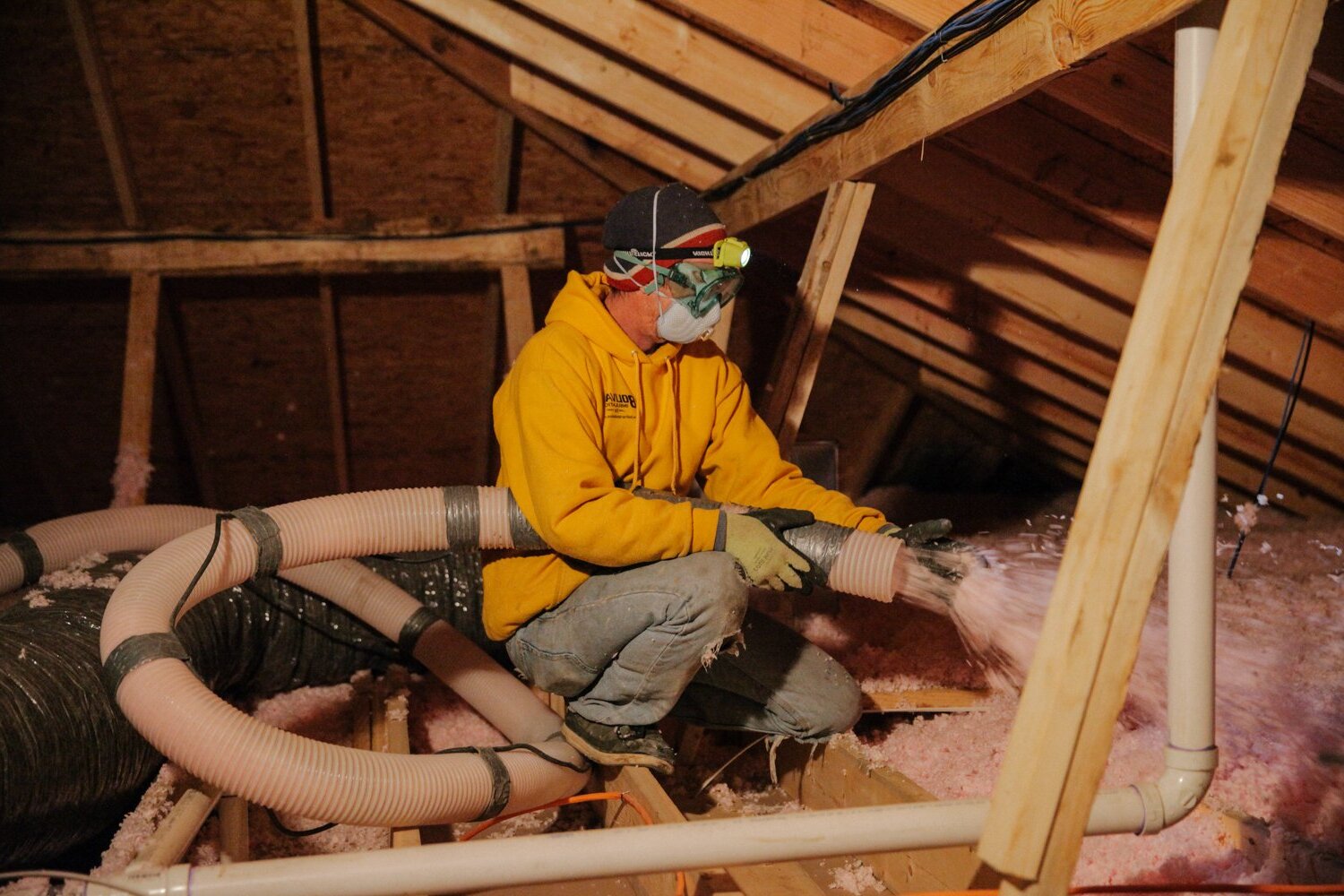
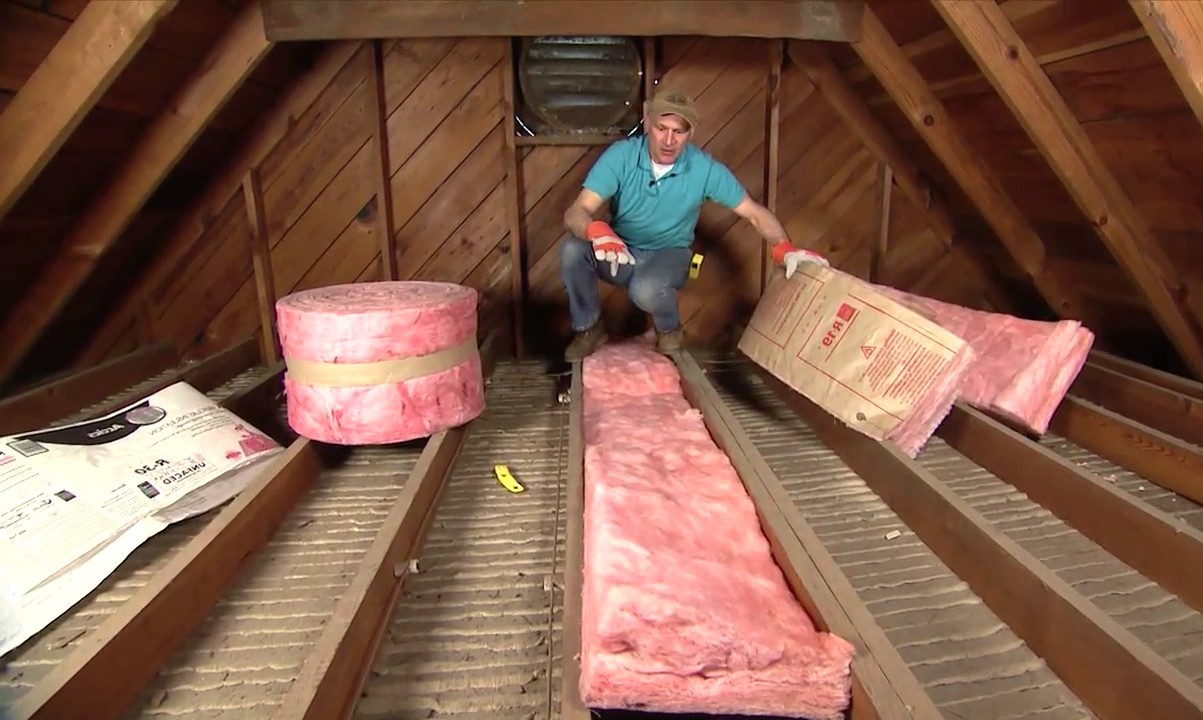
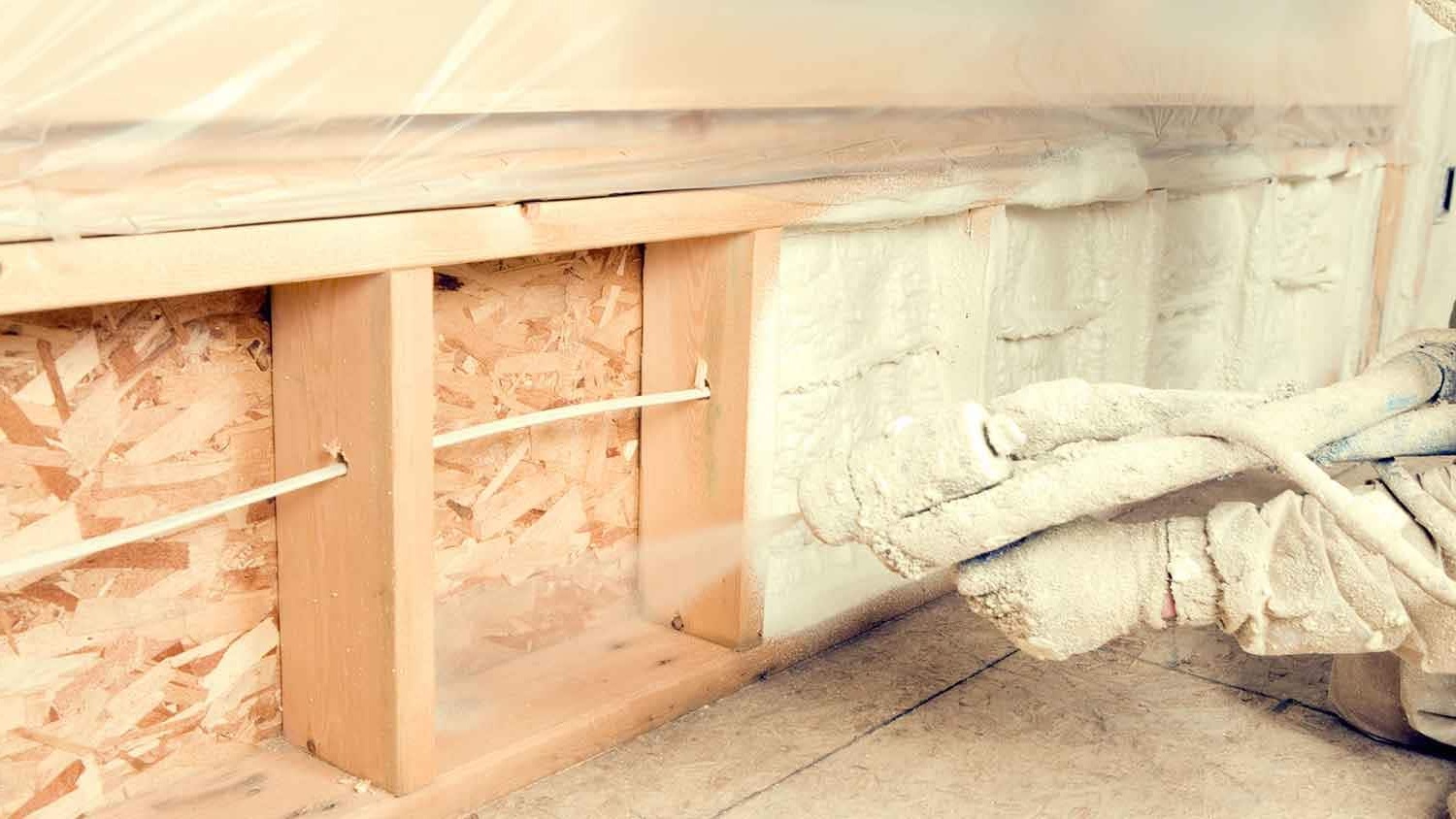

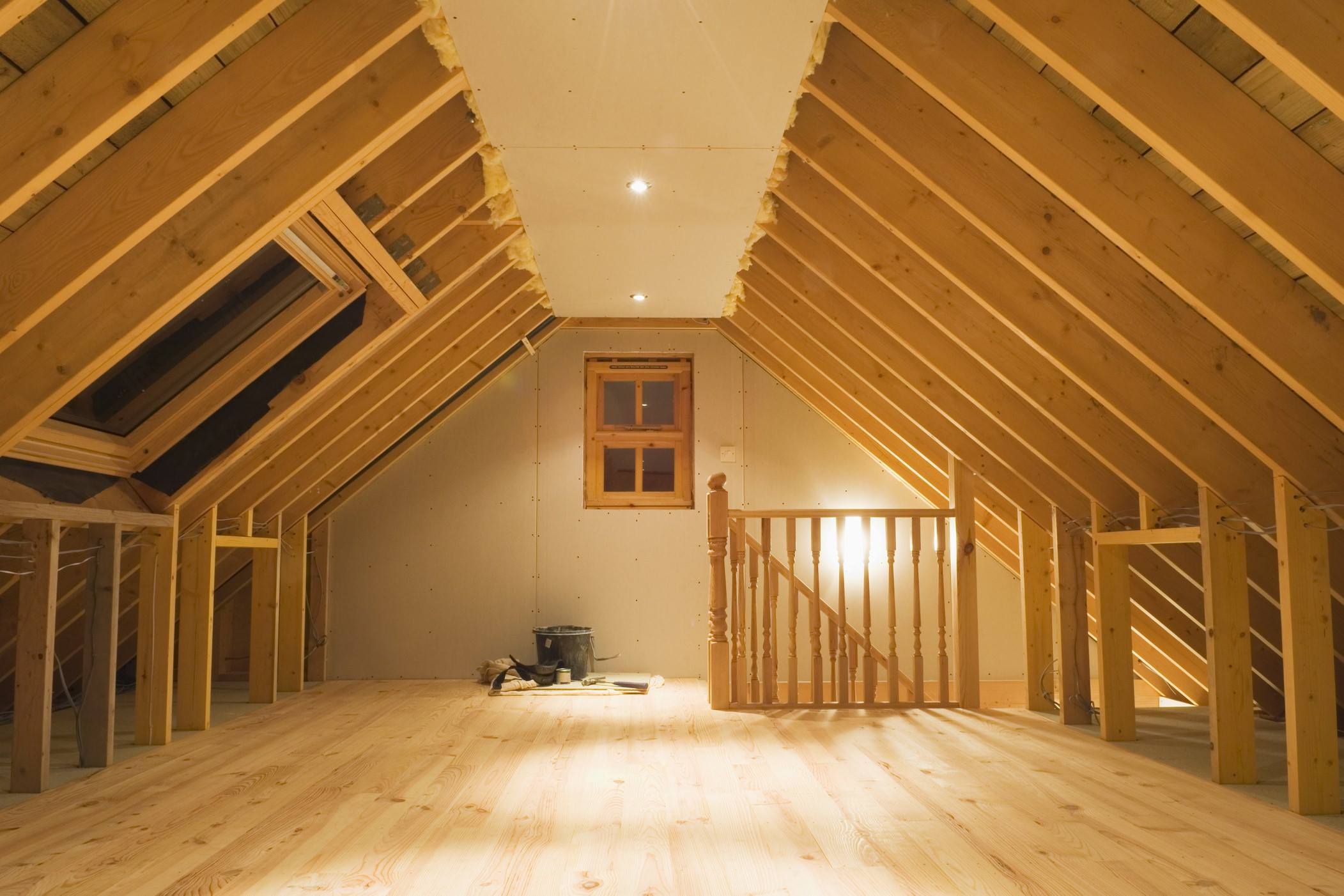
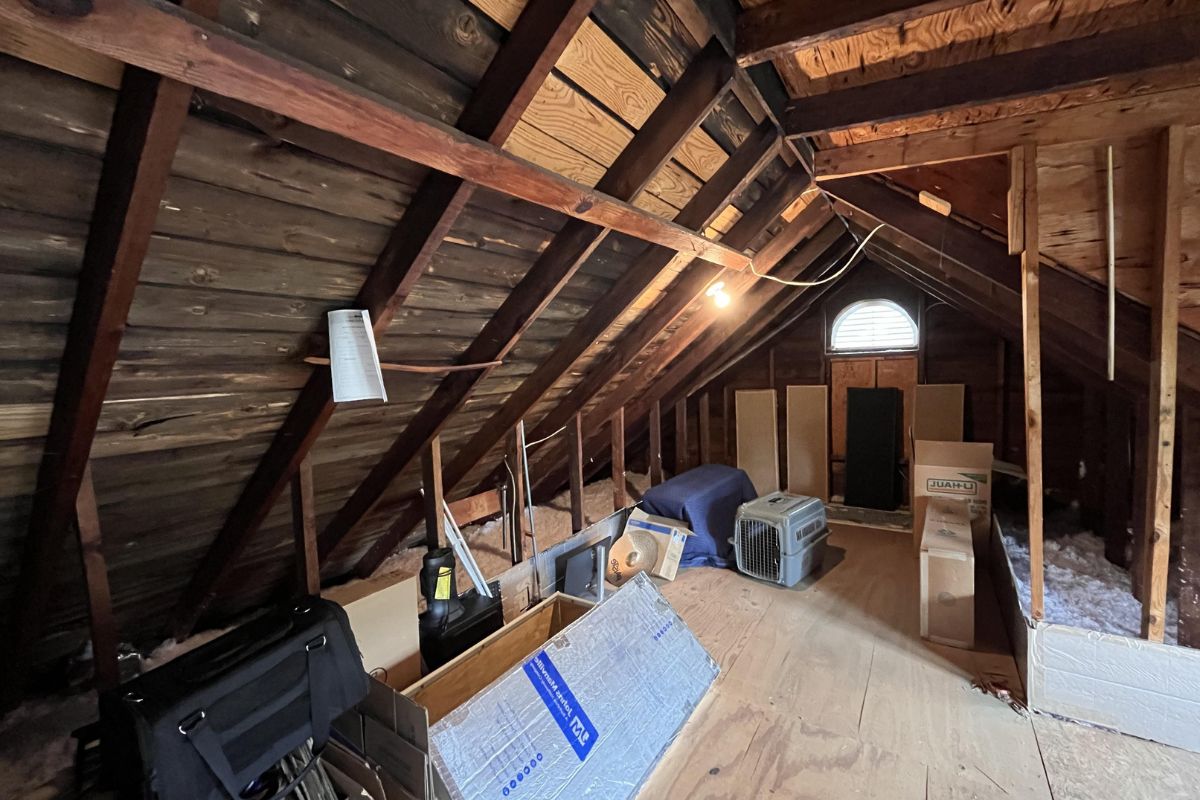

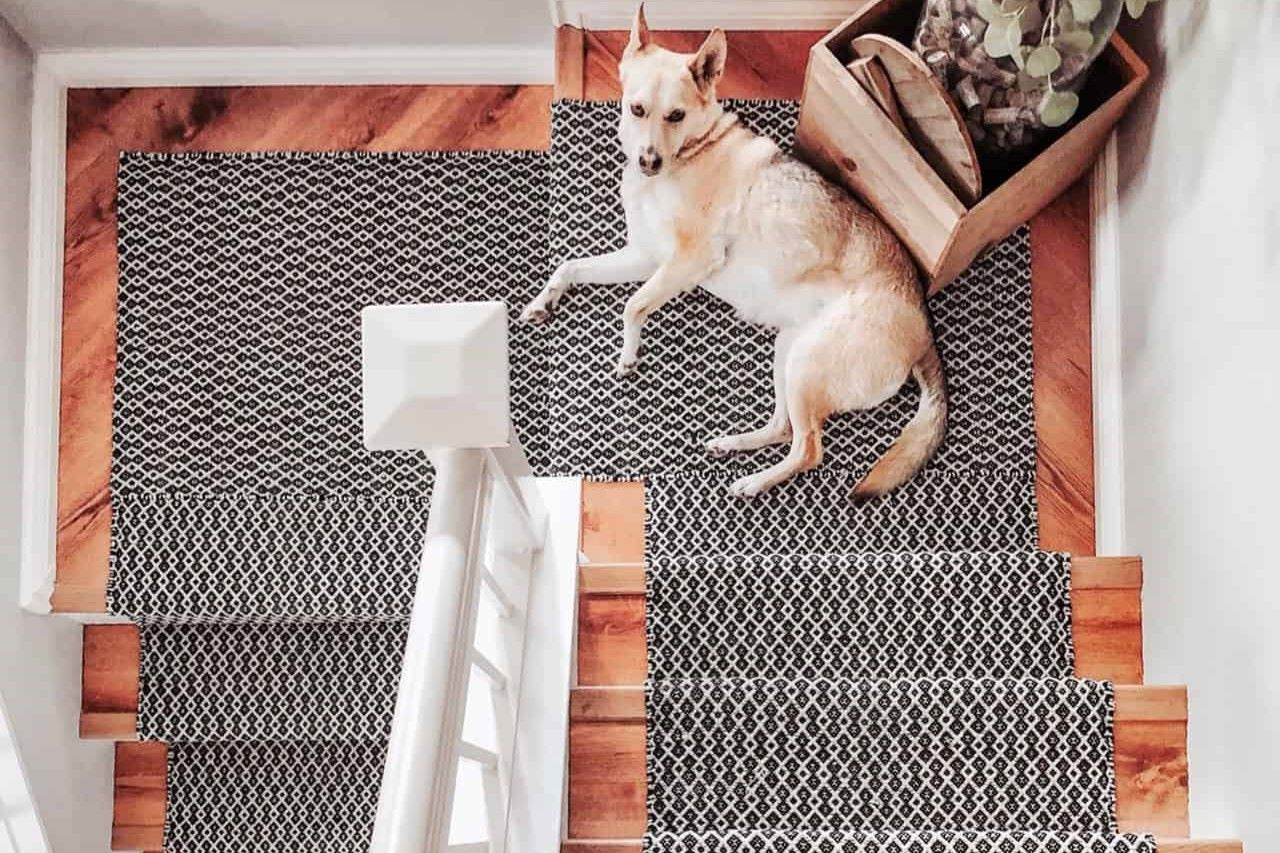
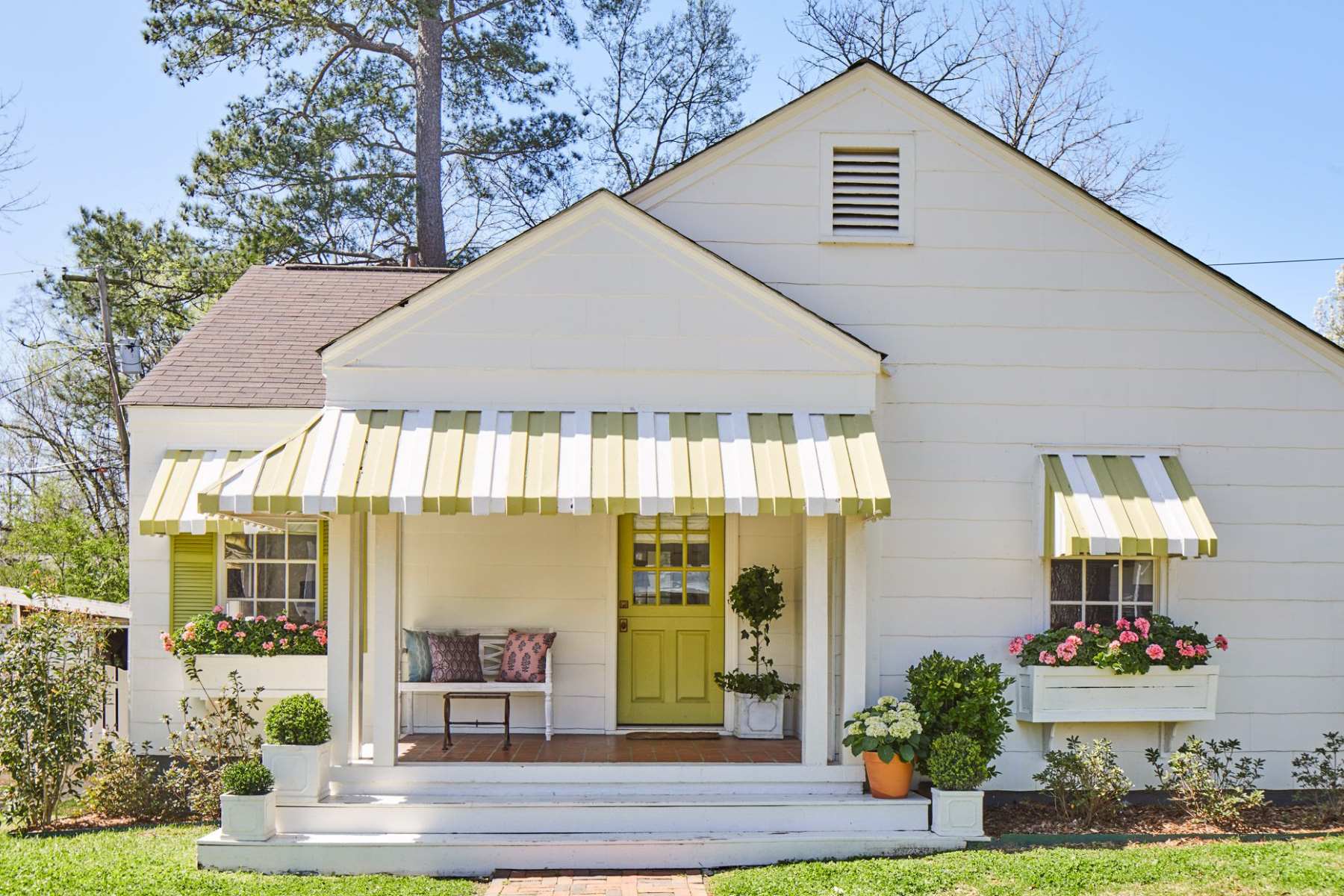

0 thoughts on “Upgrading Your Home’s Attic With DIY Thermoelectric Cooling System”